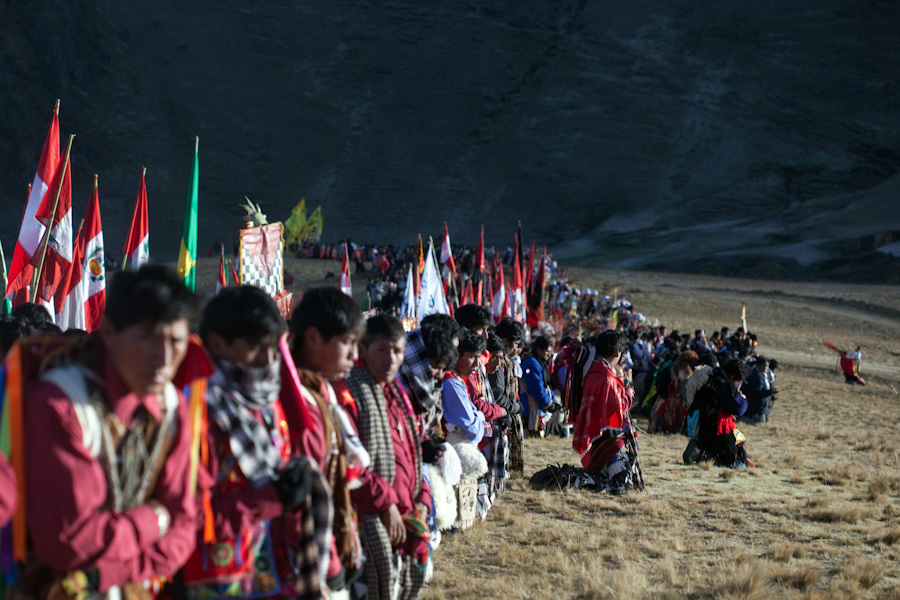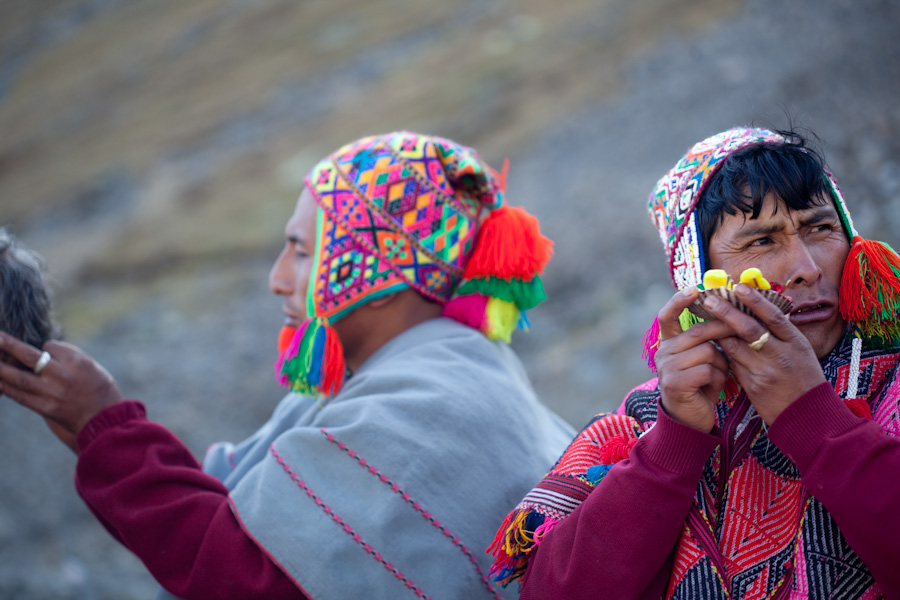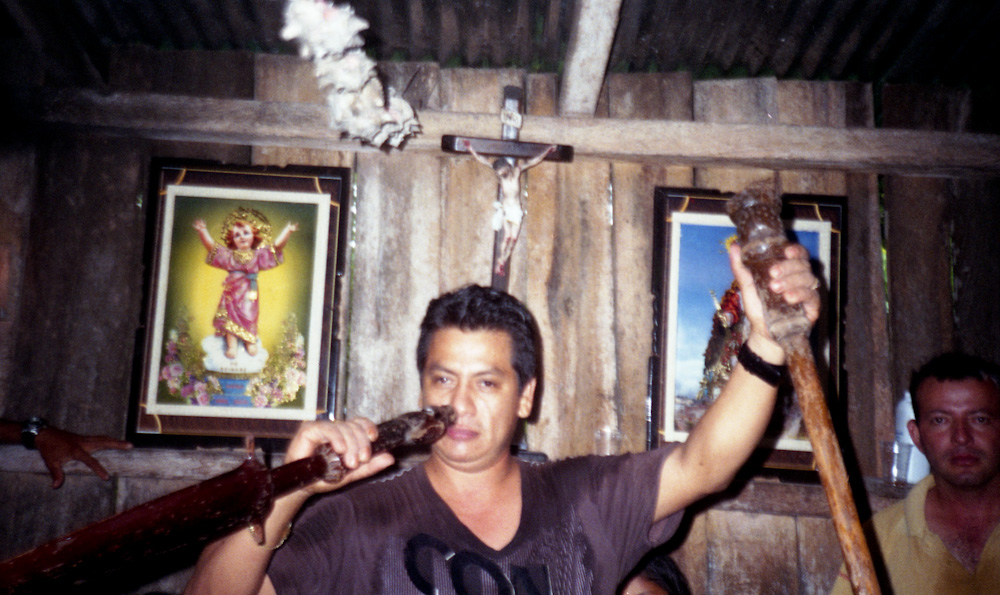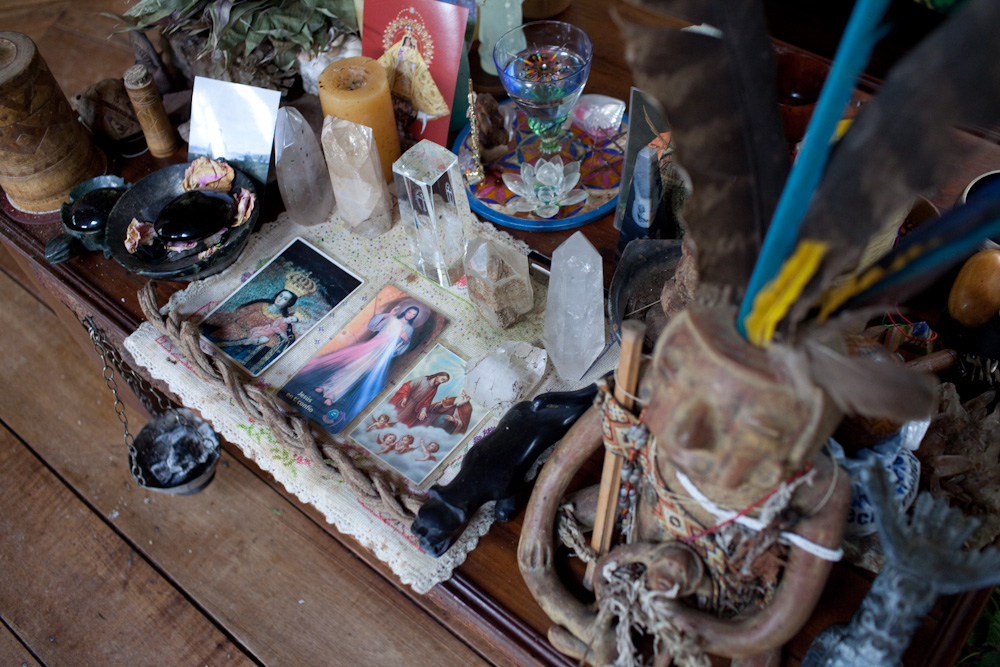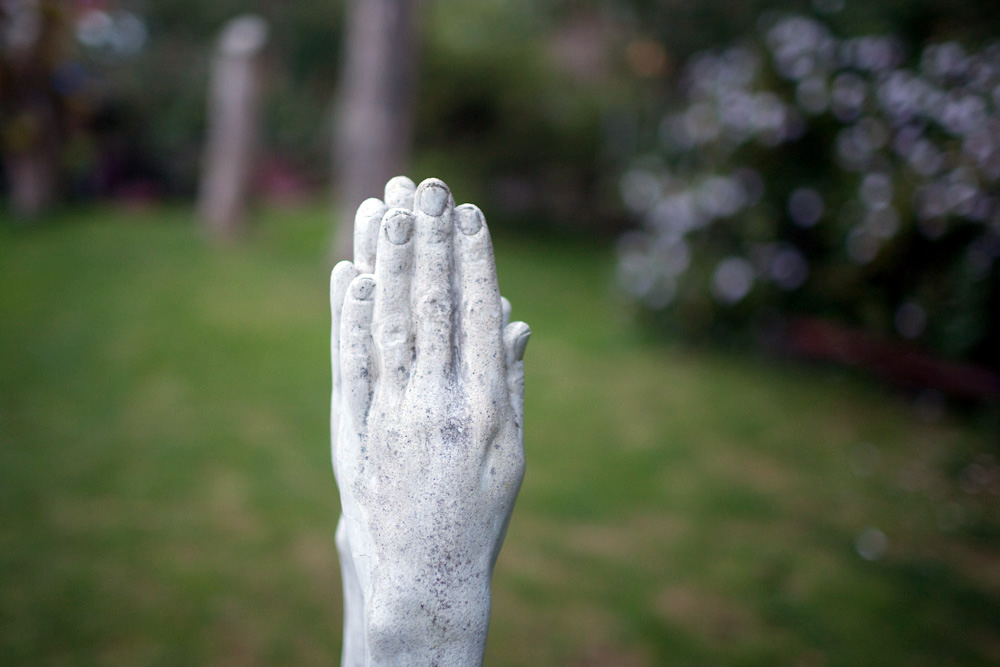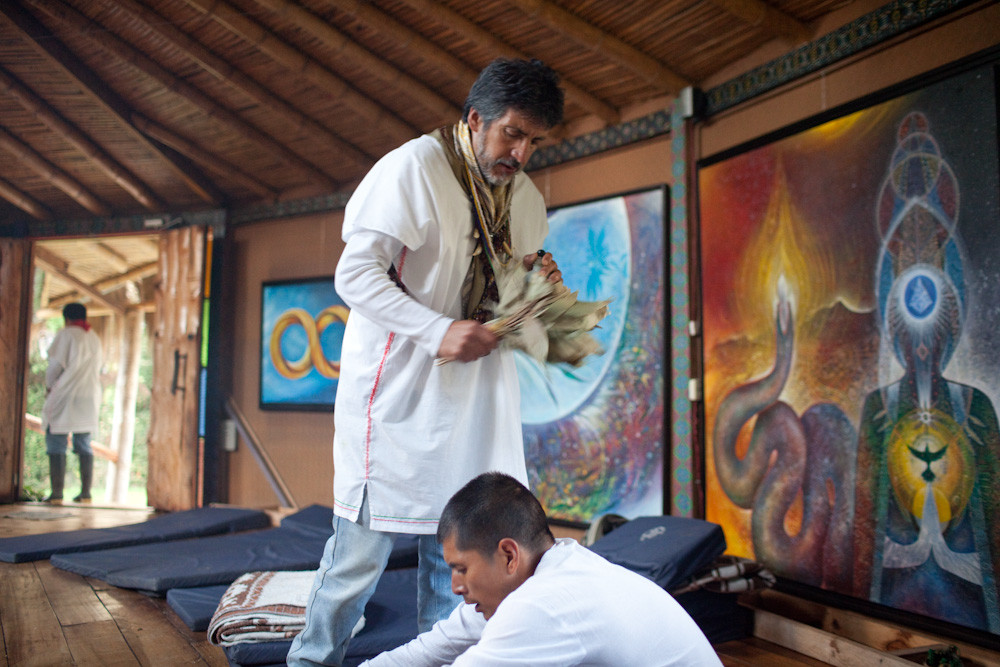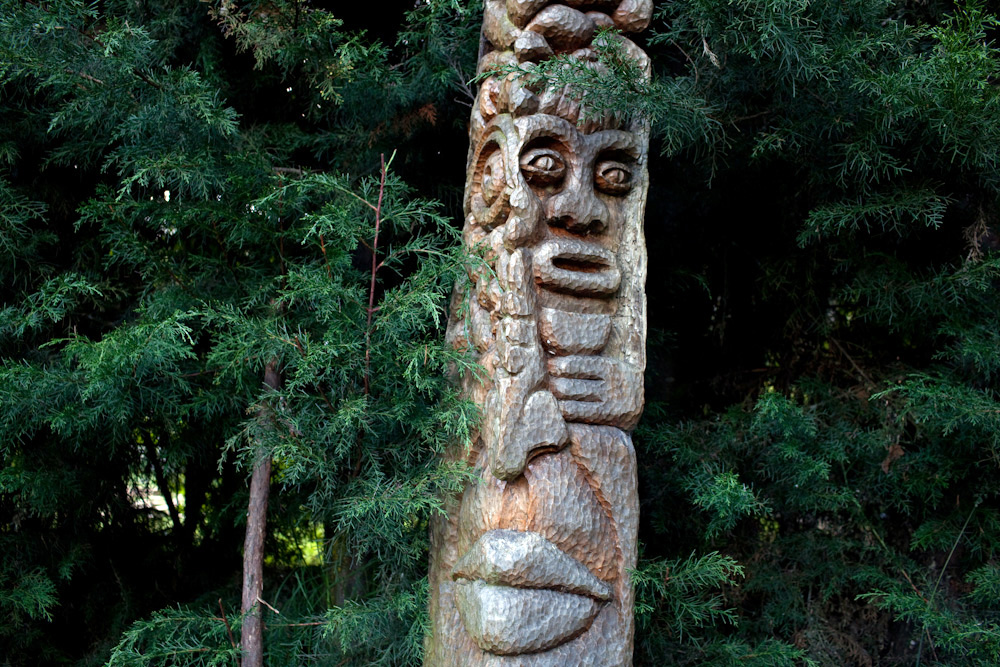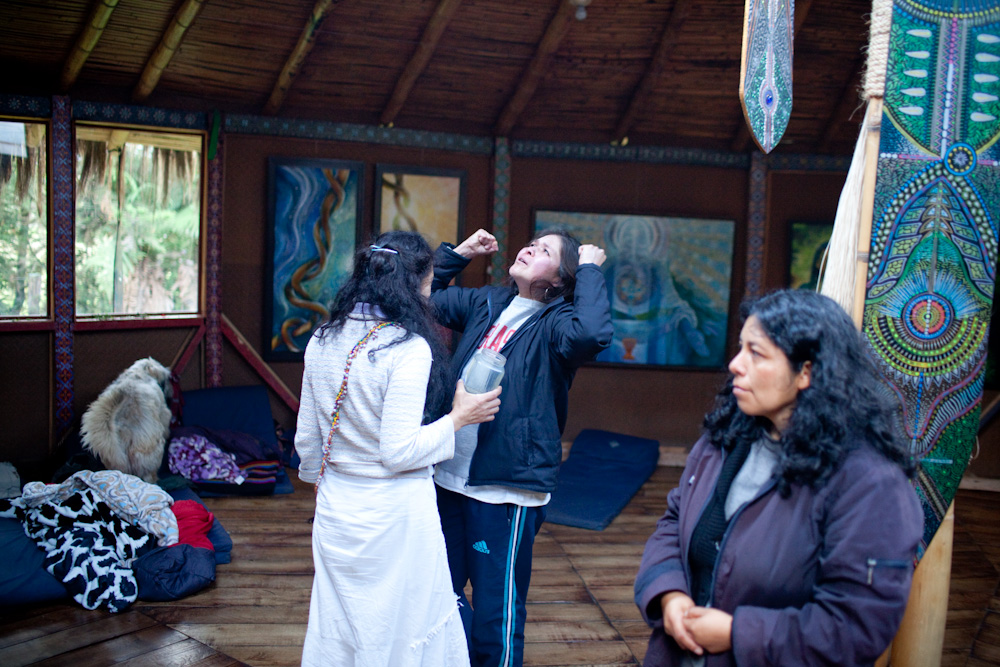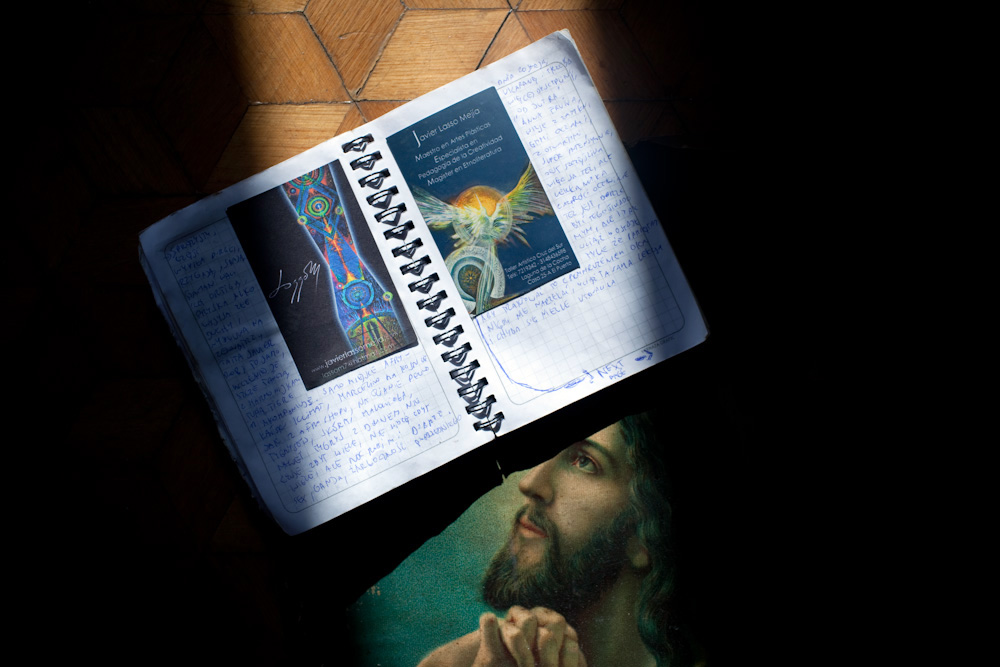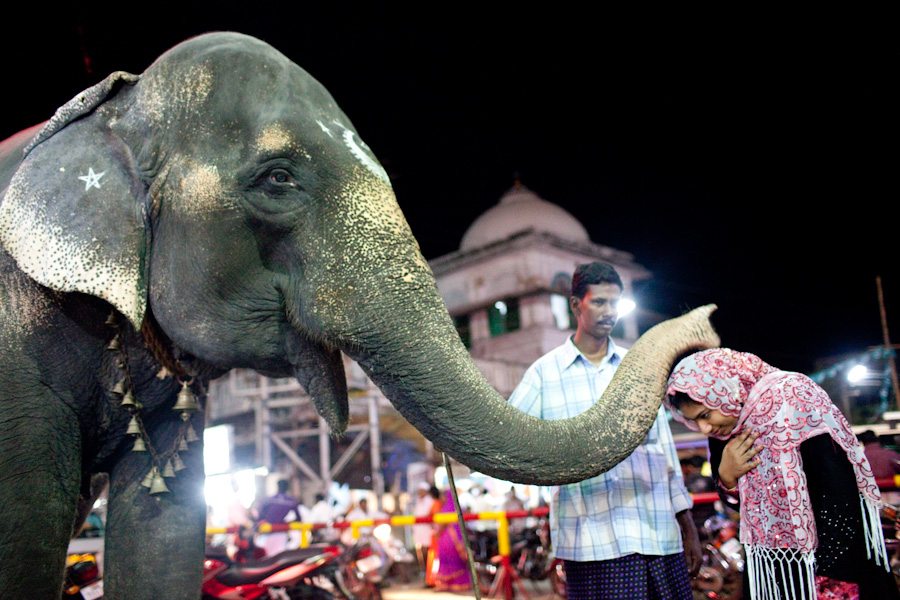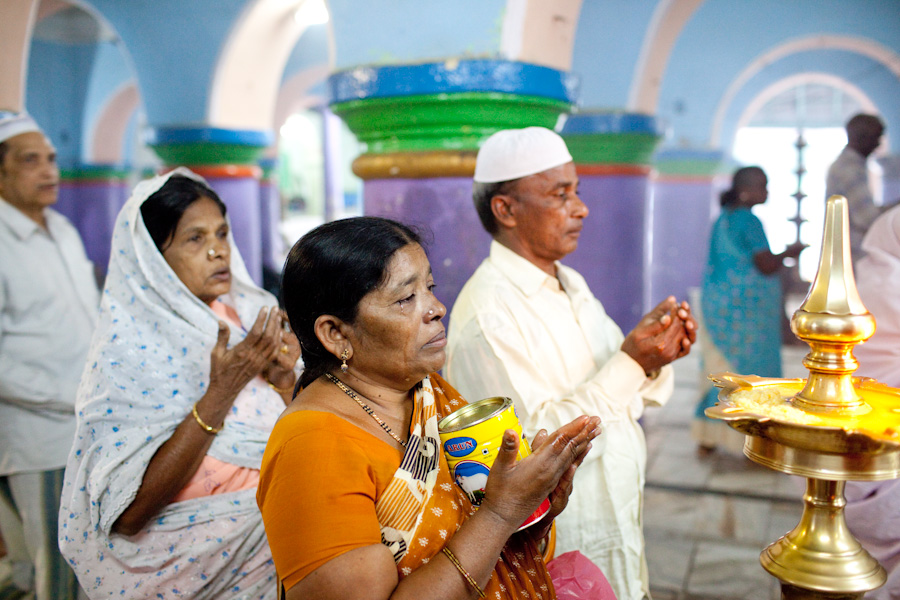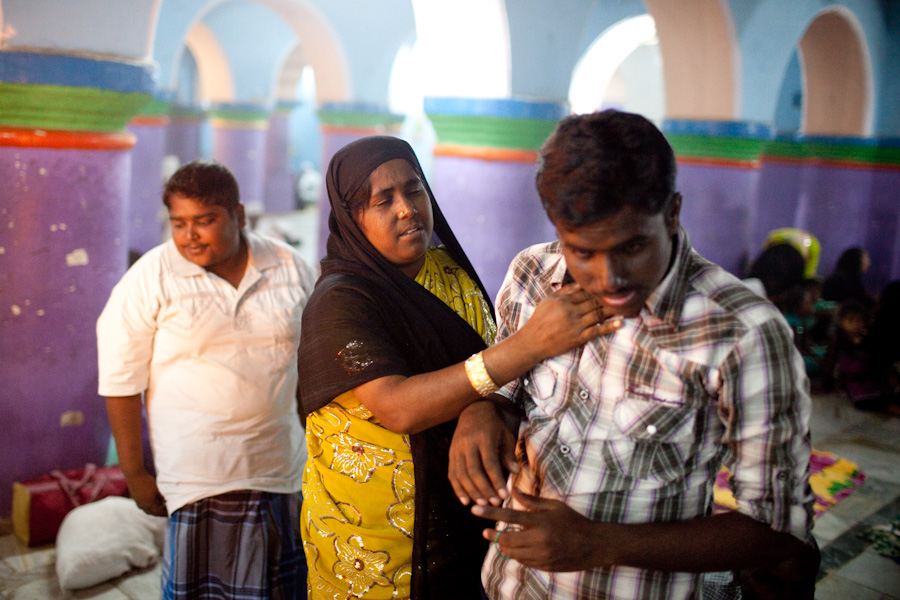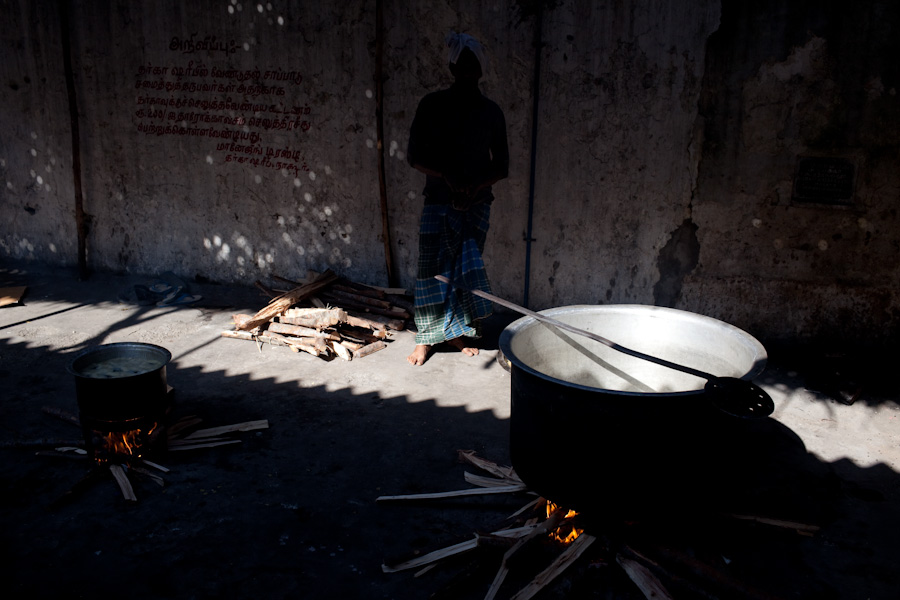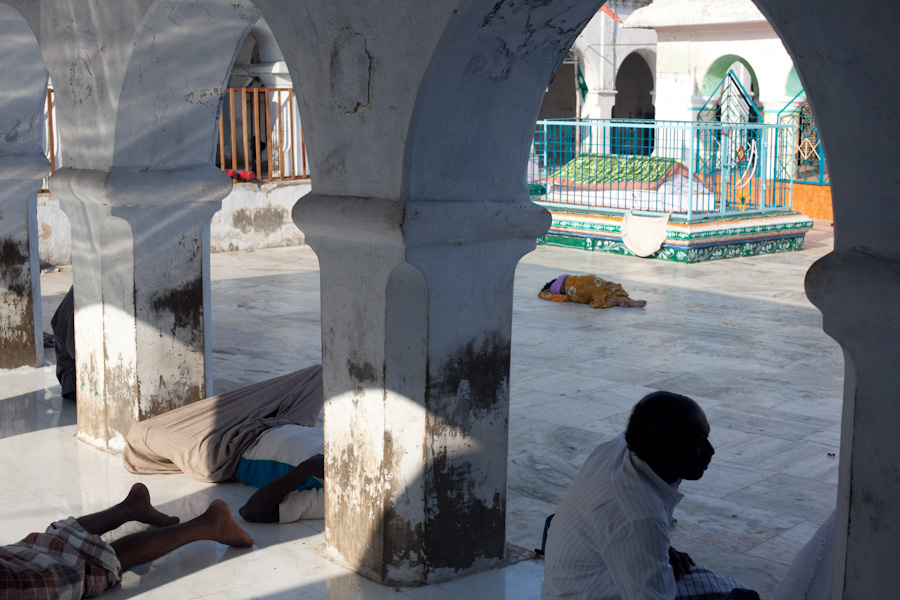“Nie będziesz miał bogów cudzych przede mną”
To naczelne z przykazań zazdrosnego pustynnego boga nie pozostawia żadnej wątpliwości że jest on patronem plemienia, otoczonego wrogimi sąsiadami ( nie bez przyczyny, skoro zabrano im ziemię a ich bogów pozamieniano na demony / Baal > Belzebub / ). Nie ma tu udawania, że jest jeden bóg, zbyt wiele ich dookoła, chodzi jedynie aby “naszego”, nie cudzych czcić. Z takim podejściem jednak pozostajemy dalej w mentalności epoki brązu, a świat się nieco zmniejszył… Takie podejście okazuje się bardzo nieskuteczne w zarażaniu innych swoją ideologią, ale w zasadzie wybrali je Izrealici, i dalej traktują Jahwe jako swego prywatnego władcę, nie zainteresowani misjonarstwem religijnym skupili się na przetrwaniu kultury, zbieraniu funduszy, oraz jak w końcu sytuacja polityczna pozwoliła, na fizycznych przepychankach o swój kawałek pustyni. Palestyńczycy i ich równie zazdrosna wersja Allaha raczej nie bardzo da się lubić, nie ma już Kananejczyków czy Filistyńczyków których atrakcyjne religie trzeba demonizować, chociaż kulty płodności przyciągają wprawdzie młodych Żydów w postaci festiwali rave, i miejmy nadzieję że hedonizm i narkotyki przerwą w końcu maniakalny ciąg pokazany w tym klipie …
***
“You shall have no other gods before me”
The first of commandments of the jealous desert god leaves no doubt that he is a leader and protector of one chosen tribe, surrounded by hostile enemies ( not surprising, since they had their lands taken over and their gods ridiculed as deamons / Baal > Beelzebub ). There is no pretending here , that there is one god, there are many around, some miles away, so the point is to worship ours, who gives us identity, rather than those of the “others”. With this attitude kept today we are still in the Bronze Age, and world has got smaller since then. This attitude turns out to be very inefficient in spreading our own ideology, but it was chosen and continued until this day by Isrealites, who treat Yahweh as their own private Lord, and are not interested in converting others, rather focused on survival of their culture, gathering funds, and when finally political situation allowed, physical domination and violence in their piece of desert. Palestinians and their equally jealous version of god are not very likeable, and there are no more Caananites and Philistines with their temple prostitutes and attractive religions that must be demonized, although fertility cults attract Jewish youth in form of rave festivals, so one can only hope hedonism and drugs will break that nasty cycle shown in video below.
Zupełnie inny styl prezentują chrześcijanie, a zwłaszcza największy jak dotąd ich odłam zwany katolikami. Z samej nazwy wyziera już ambicja podboju zawartości głów, powszechności i uniwersalności. Przekonani,że misja powierzona 2000 lat temu przez ascetycznego wędrownego kaznodzieję polega na tym aby wszystkich zapisać do jednej organizacji, postawili na dziwne rozdwojenie – w sferze teoretycznej przekonanie o wyjątkowości i niezbędności przynależności do tejżej organizacji dla “zbawienia”, w praktyce natomiast na maksymalna otwartość i wchłanianie czego tylko się da, aby uczynić organizacje popularną wśród ludzi, których życie, klimat, tradycje z semickim dziedzictwem nie mają nic wspólnego. Działało to dokonale w świecie, w którym informacja przepływała powoli, podobnie wszelakie zmiany. Można było wówczas udawać, że nowe tradycje wcale nie są nowe, można było z pustynnego monoteizmu zrobić barwną kolekcję duchów wszelakich, aniołów, świętych, rządzonych przez prastarą Matkę – Boginię, w której tle gdzies tam równie pogańska, jakoś mniej obecna Trójca, jak i wchłonąć wszelakie tradycje magiczne, święta z cyklu przyrody, rytuały, święte miejsca, odpusty, relikwie, amulety.
***
Completely different style is the one of the Christians, especially theie biggest branch so far, the Catholic church. The name itself already tells about ambition to conquer insides of heads of everyone around. Convinced that the mission given to them 2000 years ago by ascetic vagabond teacher means to enlist everyone in their organization, they chose to go on a schizofrenic path – in theory, convinced about their uniqueness and need to belong to their special church to be “saved”, and in practice, behaving like a sponge that absorbs whatever is needed to become popular, accepted and finally supported as only truth by people whose life, climate, traditions have nothing in common with Semitic heritage and background of this myth. It worked well in a world, where flow of information was slow, and so were all changes. One could pretend then that the new traditions are not new at all, or at least God given to supreme authority residing in sunny Italy, one could turn austere desert monotheism into a colourful collection of all kind of spirits, angels, protective saints, all ruled by ancient archetype of Good Mother – Goddess, with equally pagan but somehow less active Trinity somewhere in the background, as well as incorporate various magical traditions , festive days based on natural calendar, rites, holy sites, relics, amulets.
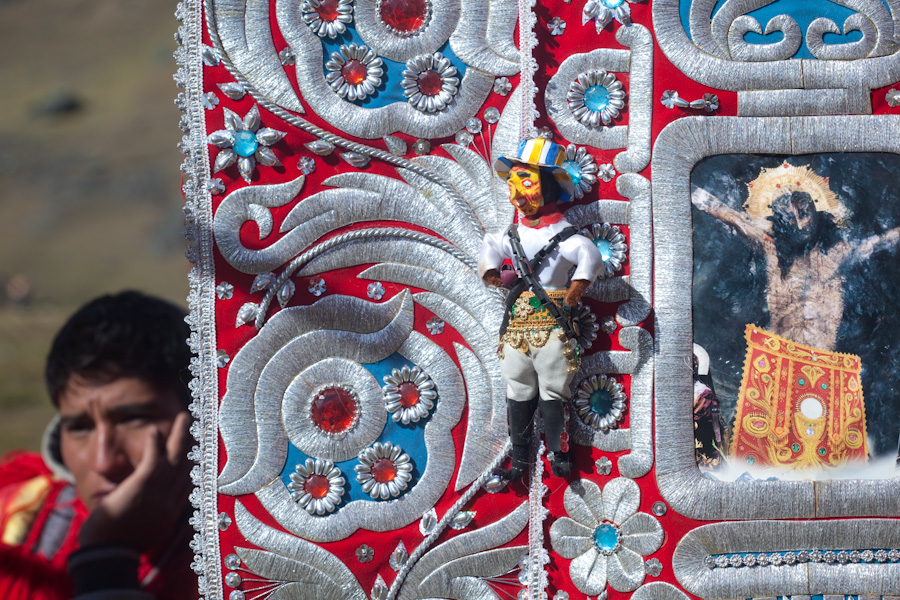
Działało to do czasu kiedy “nowe” tradycje zaczęły pojawiać się najpierw z tempem hipisowkich busów z Indii czy odrzutowców przemierzających ocean z guru na pokładzie, a potem jeszcze szybciej, niczym myśl, zdigitalizowana i wymieniana ponad starymi granicami i podziałami. W tym momencie nowe nie daje już się tak łatwo oswoić i podbić, próby tego z daleka czuć sztucznością i brzmią jak afrykańskie bębenki na oazowej mszy, a wszystko dlatego ze te nieudolne modyfikacje idą w parze z utrzymywaniem swojej wyjątkowości. Czy da się inaczej jeżeli ten system religijny oparty jest na pojmowanym dosłownie transcedentnym Bogu z pewnej książki, objawionym w pewnym momencie historii?
Pozostają chyba dwie drogi, pierwsza to zamykanie się w oblężonej twierdzy, zaklinanie rzeczywistości, i demonizowanie tego co na zewnątrz. Skuteczność tej taktyki zależy zapewne od materialnej i politycznej koniunktury, strach , chaos i wojna zapewne pomogłyby trochę w odmłodzeniu coraz starszych kadr obrońców twierdzy. Z drugiej strony możliwe jest osiągnięcie masy krytycznej, i ilość dostępnej informacji spowoduje że iluzja świata podzielonego na prawdziwe i nieprawdziwe wierzenia będzie musiała runąć, a wszelacy misjonarze wreszcie odpuścić, rozumiejąc że wszyscy bogowie są cudzy, inny w swej formie jest bóg kupców, inny ten rybaków, inny z pustyni, inny z Rzymu, inny z dżungli, inny twój a inny twojego sąsiada. Tak jak nie trzeba sąsiadom mówić jak mają się ubierać, tak nie trzeba im ryć bani, że mają w naszą bajkę wierzyć, zamiast spokojnie przyjrzeć się Temu co w środku oraz dookoła, i wtedy wreszcie dostrzec wspólnotę, iluzję i paradoks dualizmu, inne czyli to samo.
***
It worked until the time when “new” traditions started to appear first at pace of hippie buses coming from India or jets traversing ocean with ever new gurus on board, and then even faster, like a digitalized thought exchanged instantly above old borders and divisions. Now the new can not be so easily domesticated and conquered, included as “ours”, these trials feel very artificial and sound like African drums played by altar boys on youth oriented mass. The reason is that while doing those amateur and fake effort of new cultural conquest, ( while genuine thing is readily available ), they still want to keep the old dogma of uniqueness, “there is no salvation outside the church”… But do they have a choice, belonging to religious system based on transcendent God, literally read from certain book, and revealed in a certain moment in history?
It seems there are two ways out. The first is getting locked in a fortress under siege, throwing bullshit like “civilization of death” from the walls at non-believers, and demonizing all changes and all reality outside. The effectiveness of this tactic depends upon economical and political situation, fear, chaos and war surely would help a bit to rejuvenate old ranks of this fortress’ defenders. However, it is possible that critical mass will be achieved, and the amount of information available will destroy illusion of world divided in true and untrue beliefs. All missionaries would then have to let it go, and understand that all gods are of “the others”, other in its form is god of merchants, other the one of fishermen, other from the desert, Rome or jungle, other of your neighbour. As you don’t tell your neighbour how to dress, you don’t need to brainwash him into believing in your chosen fairy tale. You can instead calmly look for The One inside, and around, and then finally see unity, and illusion as well as paradox of dualism, other, but the same.
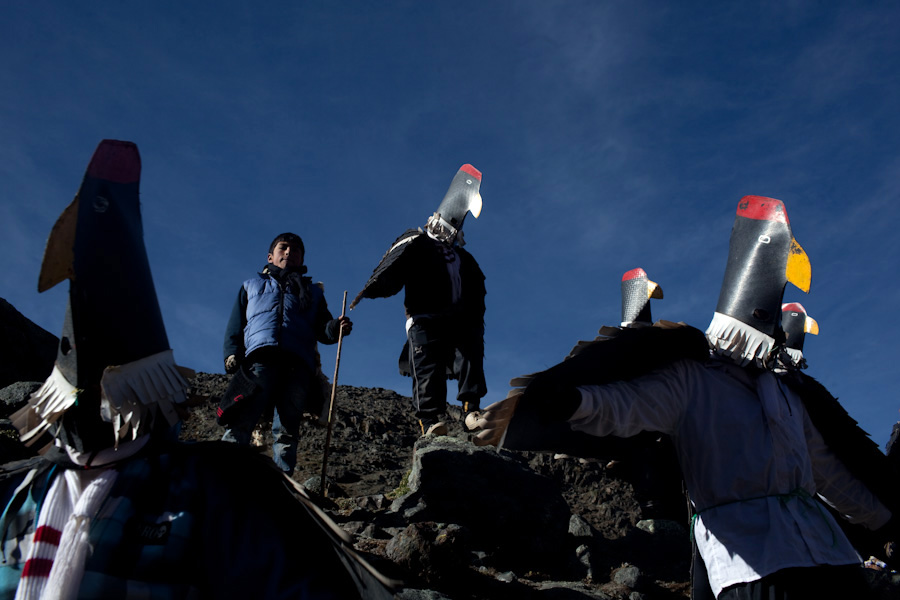
Ja też chciałbym dostrzec nie to co inne ale to co to samo, i spojrzeć na synkretyzm pogodnie, nie z żalem, za tym co stracone, ale z radością, że to co ważne, i żywe przetrwało, że w ostateczności nie liczy się nazwa, słowo, narzedzie podzielenia, ale słońce, ciało, gest, czucie. Pochodzę z katolickiego kraju i katolicyzm to dla mnie trudna miłość, zbyt świadomy jestem historii także naszej słowiańskiej konkwisty sprzed tysiąca lat, a do tego zbyt głośni tu ci co formę wielbią, w zasadzie nieobecny mistycyzm i skupienie na doświadczeniu.
Pozostaje zatem droga sztuczek percepcji – zauwazania tego co chcemy zauważac, ignorowania tego co chcemy ignorować. W praktyce robi to zapewne większośc wyznawców ludowych, czyli powszechnych form religii, jakichkolwiek, ale zadanie dla kogoś przytłoczonego cięzarem intelektu i wiedzy jest nieco trudniejsze. Innego jednak wyjścia nie ma… Dlatego między innymi poszedłem na pielgrzymkę Qoyllur Riti, do Pana Śniegu.
***
I would like to see clearer what is the same and not what is different, and look at syncretism with acceptance, not regret, not missing what is gone, but with joy at what survived, that what finally counts is not the name, not the word, tool of division, but sun, body, gesture, feeling. But I come from Catholic country and Catholic faith is not easy love for me, I am too aware of the history of the religious conquest that ravaged Slavic lands 500 years before it changed Americas, and another problem is that those who worship Form here are too loud and the mysticism and trust in experience practically non-existent.
What remains then is a way of tricks of perception – seeing what we want to see, ignoring what we want to ignore. In practice probably this is what most of followers of folk version of religion do, any religion, but that task is much harder for someone burdened with baggage of intelect and knowledge. However, for such men there is no other way into participating in organized religion, it seems. That is why I went for Qoyllur Riti pilgrimage, to pay homage to Lord of Snow.
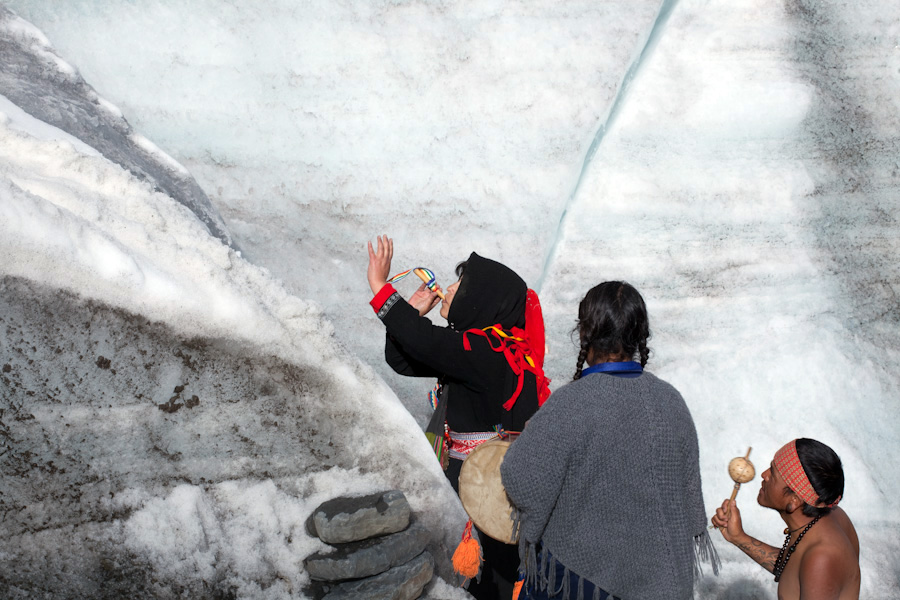
Tej pielgrzymki forma i dekoracja jest zarówno poganska jak i katolicka, i powoli rozumiem, że iluzją jest dzielenie tego na dwie części. Jeżeli tego chcemy, jest to dalej indiańskie święto ku czci pojawiających się na niebie po czasie nieobecności i chaosu Plejad, czym było od wieków, przed kulturową konkwistą, podpięte pod odwieczny astronomiczny cykl starszy niż konkwistadorzy, starszy niż papieże, niż Jezus, niz sama idea Jahwe. Starsze są też lodowe góry którym składa się ofiary z roślin, jedzenia, alkoholu, martwych alpak, koki, tytoniu, uważności i łez. Starsza jest idea ludzi zamieniających w ptaki, jak i pokłon składany przez tłumy wchodzącemu słońcu. Mówię starsze, bo tradycja to argument często podnoszony przez kościół katolicki, mowię też o tym dlatego że bardziej uniwersalne, czyli katolickie, bo słońce wschodzi i nad Andami i nad Palestyną, i wodę każde z dzieci Adama potrzebuje do życia, i to im sie tu kłaniam, a nie symbolom konkwisty, tak jak wędrując z sufi kłaniam się Człowiekowi z Wewnątrz, a nie historii z księgi.
***
The form of that pilgrimage is both pagan and Christian, and I slowly understand that separating it is an illusion. If we only want it, it still is an Indian festival to honour Pleiades appearing in the sky after long absence, the time of chaos. It was so for ages, before the cultural and religious conquest, connected to astronomical cycle older than conquistadores, older than popes, than Jesus, than the concept of Yahweh itself. Older are the ice mountains that get sacrifice of plants, food, alcohol, dead alpacas, coca, tobacco, sound, attention and tears. Older is idea of people turning into birds, the crowds bowing down before rising sun. I say “older”, as tradition is argument often raised by Catholic church in defence of “faith of our fathers”. Yes, but I look for ways to reach even older roots, to heal the sickness inherited from our fathers by medicine of those before. My feelings, and that should be enough, are telling me those roots, based in nature, are more universal, not claiming exclusivity, same sun rises above Andes and Palestine, just that it gives birth to different way of life, same water is needed by any of children of Adam, or whatever his name, and it is to them I bow, not to the symbols brought by conquistadors, same way here, as in my travels with the Sufis, when I look for the Man Within, and not the story of the Book.
